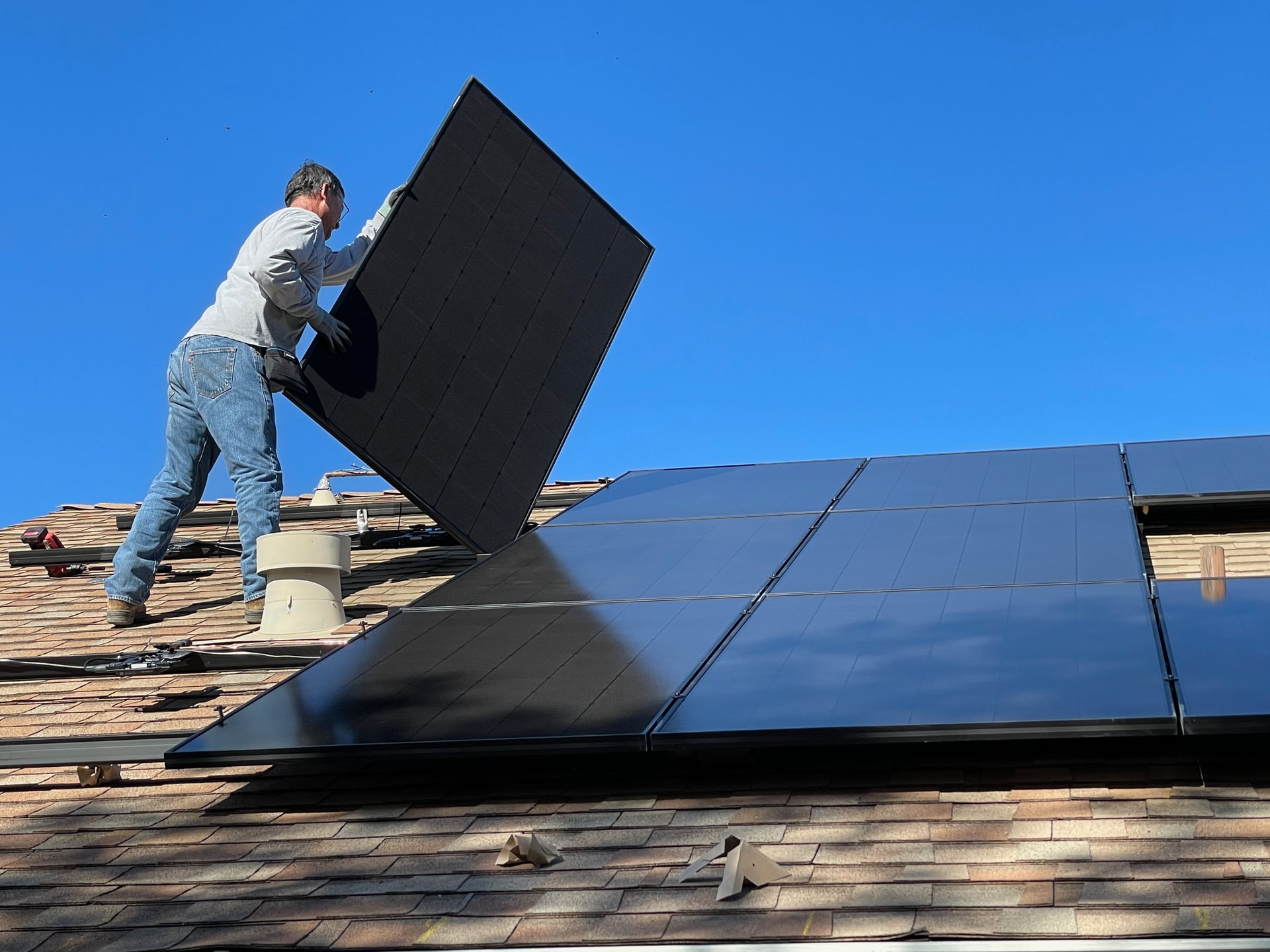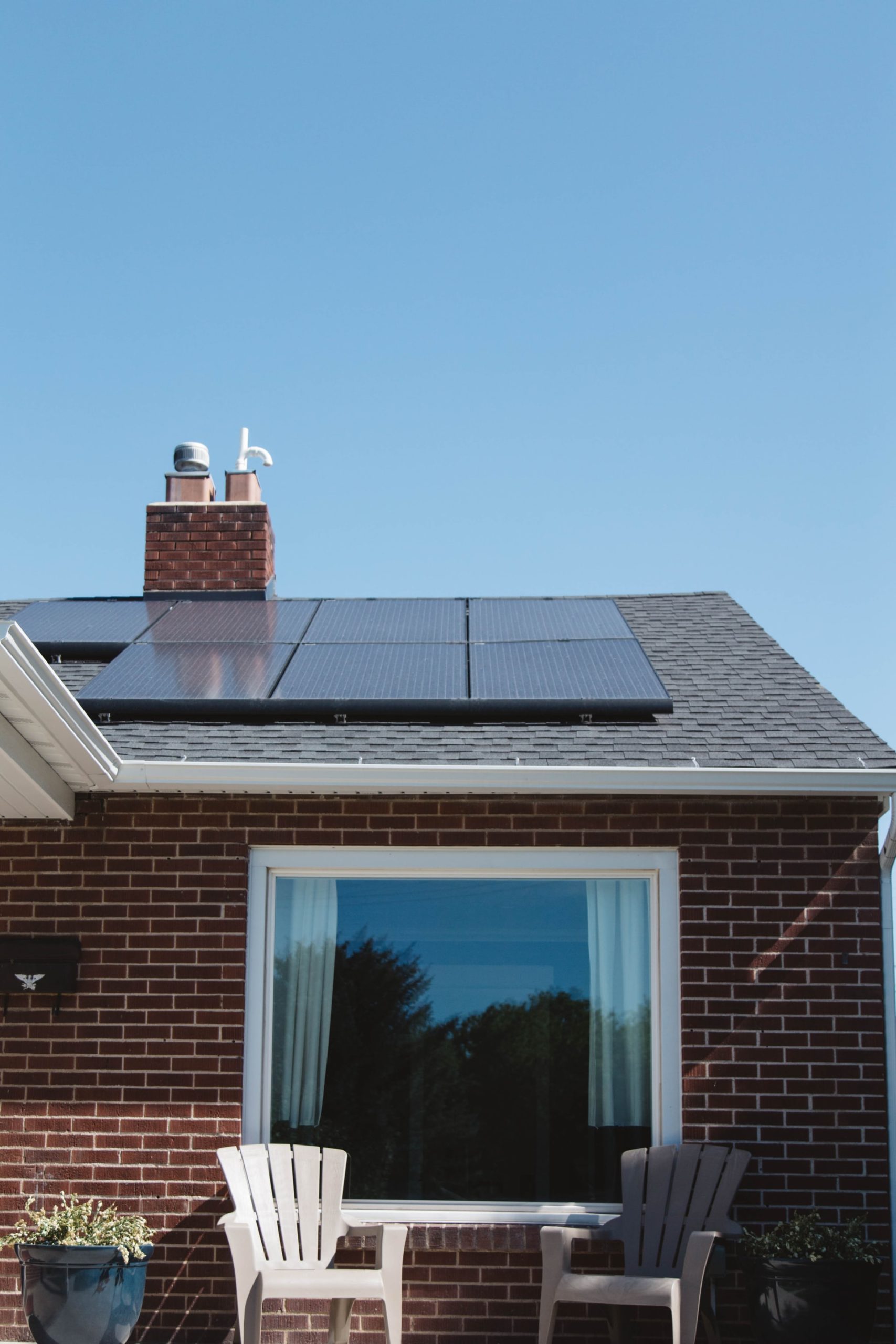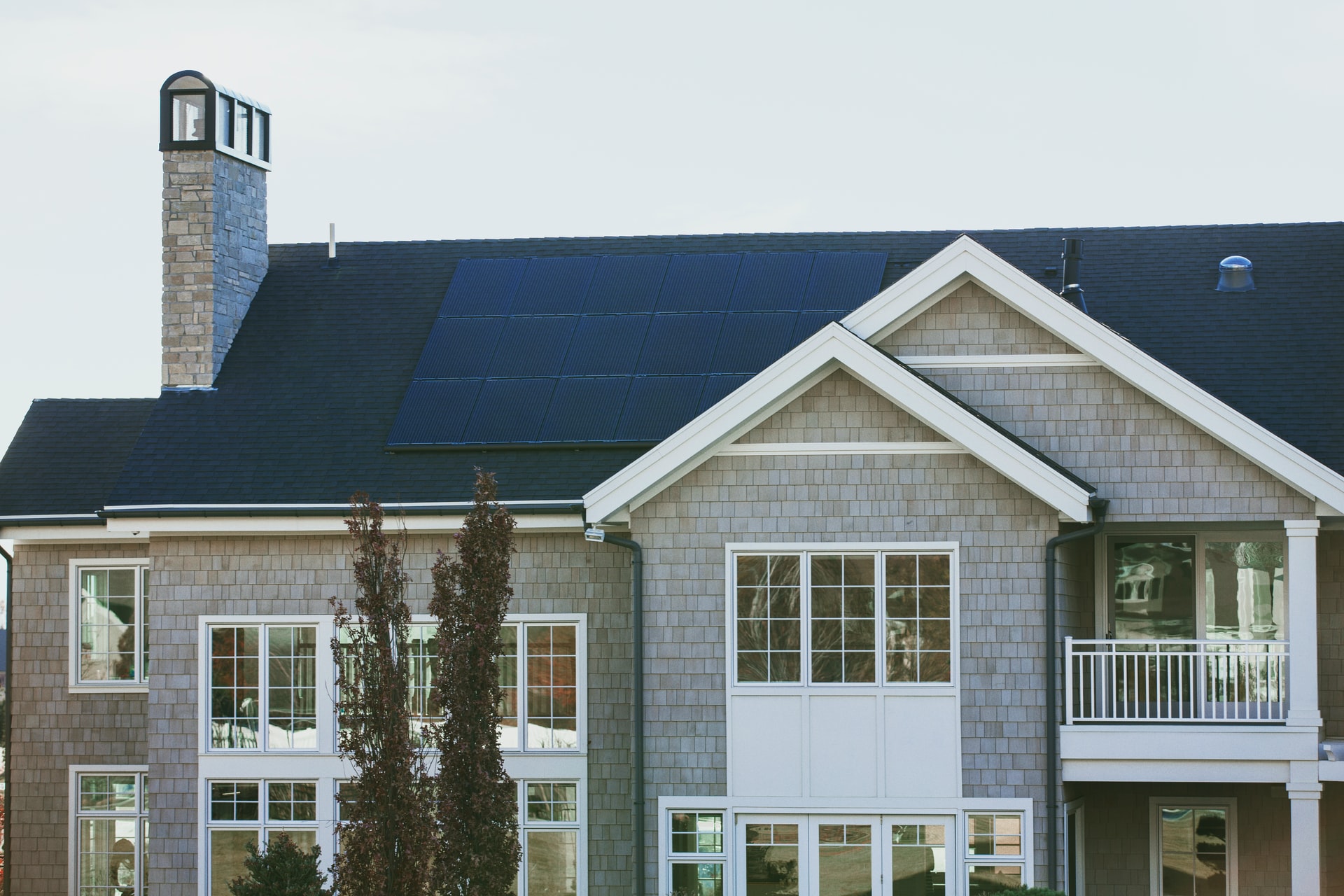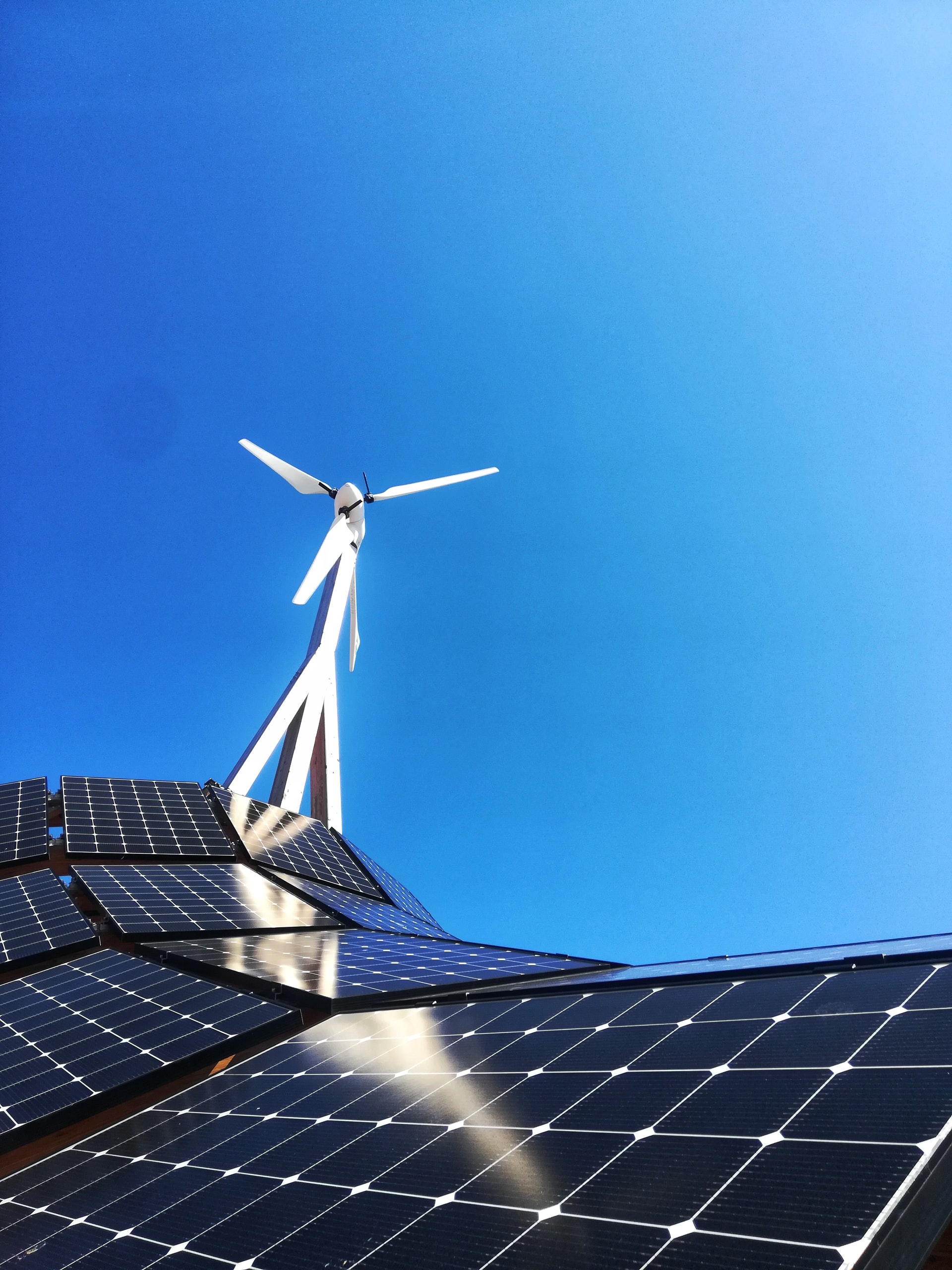The choice of an energy source is not self-evident. It deserves a particular reflection. You can draw your own conclusion by reading this article. Here, we propose you to choose between the famous voltaic installation and the aerovoltaic system.
Reminder on the electrical installation

The voltaic installation is composed of a meter, a panel, a circuit breaker (general, divisional, or differential), a differential switch, fuses, a fuse, and a contactor. All electrical work requires strict regulations in France, defined by the NF C 15 to 100 standard. The intervention of an electrician is then essential to avoid damage.
Strong points of electrical energy
Electricity is easy energy to transport. Indeed, it’s routing to the place of consumption from the production plant is done by a network of high voltage lines. The cost of this transport is also lower.
Moreover, it is the most accessible energy source on the market. The investments related to its use are relatively affordable and amortized in the shortest possible time. Electricity can also be adapted to any kind of situation. You can, for example, add thermostats to your air conditioner to regulate its temperature and program its start and stop according to your daily habits. This not only saves energy but also optimizes its operation.
Disadvantages of electrical energy
Electricity is secondary energy. In other words, it draws energy from nature’s primary sources before being transformed into electrical energy. For example, uranium must undergo fission to get electricity from a nuclear power plant. In addition, this source of energy often has a storage problem. Indeed, when consumption reaches its peak, large quantities of electricity are difficult to store. Among other things, the continuous production of electricity leads to power surges and shortages throughout the country.
Electrical installation costs
Apart from the labor of an electrician, you will need about $1,300 for the purchase of the components. If you are considering an electrical renovation, prices vary according to the home’s surface area: 60 $/m² for 100 m², 75 $/m² for 60 m², and 100 $/m² for a two-room apartment of 30 m².
Principle of aerovoltaics

It is the combination of photovoltaic solar panels and thermal solar panels to heat a home. This phenomenon is due to the recovery of heated air from the inside. It is the external panels exposed to the sun that produce the electricity. These aerovoltaic panels are installed as a roof covering and are easily integrated into an open-work roof structure. They also have their own ventilation system. In some cases, these panels can be combined with a heat transfer fluid to contribute to the domestic hot water production.
Advantages of the aerovoltaic installation
The aerovoltaic system saves 50% of heating, contributing to reducing the energy bill. It also offers a cooling sensation during the night, especially in summer.
In terms of financial aid, this type of installation benefits from Ma Prime Rénov’ thanks to its hybrid photovoltaic and thermal system. The amount obtained varies from 1 000 to 2 500 $. The aerovoltaic system is also eligible for the reduced rate VAT and the zero rate loan. It is necessary to follow some steps to obtain this bonus.
Limits of the aerovoltaic system
As the aerovoltaic installation involves the use of photovoltaic solar panels, be aware that they are not properly ventilated. Indeed, the sun favors their heating. As a result, the yield of the cells can be degraded, and the increase in roof temperature can shorten the life of the insulation. Among other things, this device is difficult to install on a concrete roof.
Price of aerovoltaic systems

To have an electrical power of 3 kW and a thermal production of 5,400 kW, you need to budget at least 15,000 $. With this amount, you can acquire a dozen aerovoltaic panels in roof integration.
Sound off in the comments section below and tell us what you want to read next.
